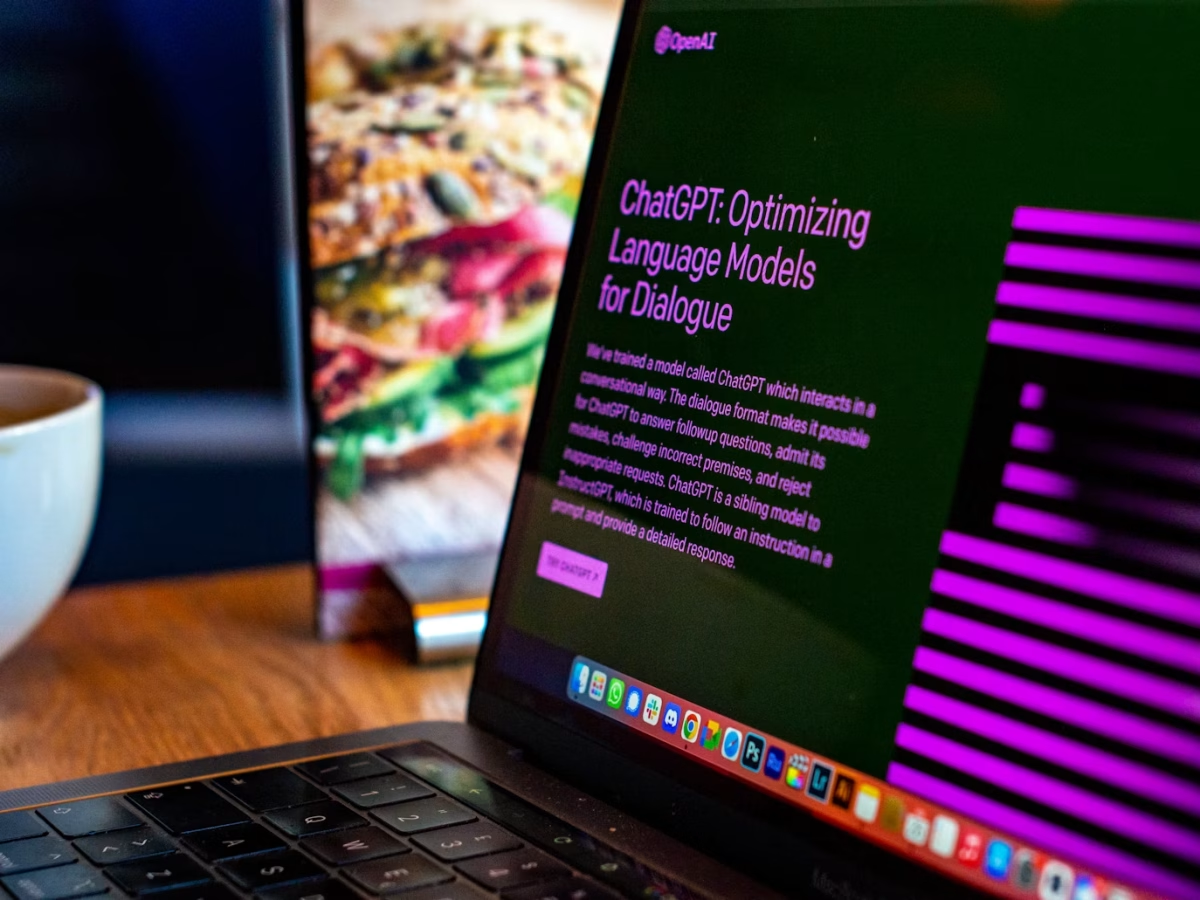ChatGPT has quickly gained a key role in the world of artificial intelligence, shifting how we interact with technology. Developed by OpenAI, this AI language model can generate human-like text and assist with tasks ranging from answering questions to writing essays.
That was ChatGPT’s introduction. If it fooled you as a person’s writing, there’s a high chance you’ve been fooled by ChatGPT or Open AI before. (Teachers, don’t take that personally.)
ChatGPT is advancing more and more as time goes on – being able to not only write flawless essays, but also do math homework, debug code, generate art, write your resume, and the list goes on. (Don’t get ideas.) It has the ability to pretty much do anything you want it to, and if used for the right causes, it can be a very helpful tool.
To get the first introduction paragraph above, I asked ChatGPT to write an intro to an article about AI from an 11th grader’s perspective – and it sure understood the assignment. It wasn’t using too many complicated words, so it wasn’t that obvious that I had used it – but it also wasn’t extremely basic, resulting in a good score on school papers.
This results in a jackpot for students and a headache for teachers.
In my opinion, although ChatGPT is efficient and can save me some sleep, I wouldn’t use it for everything. For example, I would use it to explain a concept I don’t understand in science, but I wouldn’t use it to write my English essay. It’s not that I don’t want to (trust me, I would really appreciate more sleep), but I know that if I kept using it to do my work, then on finals day when I’m asked to write an essay due at the end of class, I wouldn’t keep the same energy.
Teachers have similar yet mixed opinions. Social Studies department chair Michaela Schleicher expresses her thoughts: “I do see some value in it when generating ideas or if you’re needing a little assistance – but as a teacher, I think it can be challenging in the classroom to help students understand the implications of using it,” Schliecher said. “And also to help teach students how to use it correctly, because it’s such an easy out.”
Similarly, from the English department, teacher Jim Rosenberger states: “Learning how to write is like baking something, and I think using the AI generated stuff is like microwaving something,” Rosenberger said. “We want that quick fix, we’re an instant gratification society.”
Majority of teachers have similar thoughts on ChatGPT, as they’re the ones experiencing the awkward and challenging process with the students who misuse it – but what would someone who studies and investigates ChatGPT as a function of their job think?
Sara Danielson, a secondary ELA curriculum specialist on the LPS district board talks about her experiences: “Generative AI tools hallucinate and get the simplest things wrong, and when students don’t have the motivation or expertise to verify its output, then there can be a negative impact on a student’s education,” Danielson said. “Overall, we need to educate both teachers and students about productive, learning-focused use of any generative AI tool.”
Overall, ChatGPT is efficient. The risky part of using it, however, is if we don’t understand the fine line between assistance and plagiarism, because it can cause us to be reliant on it and unauthenticate our school work.




